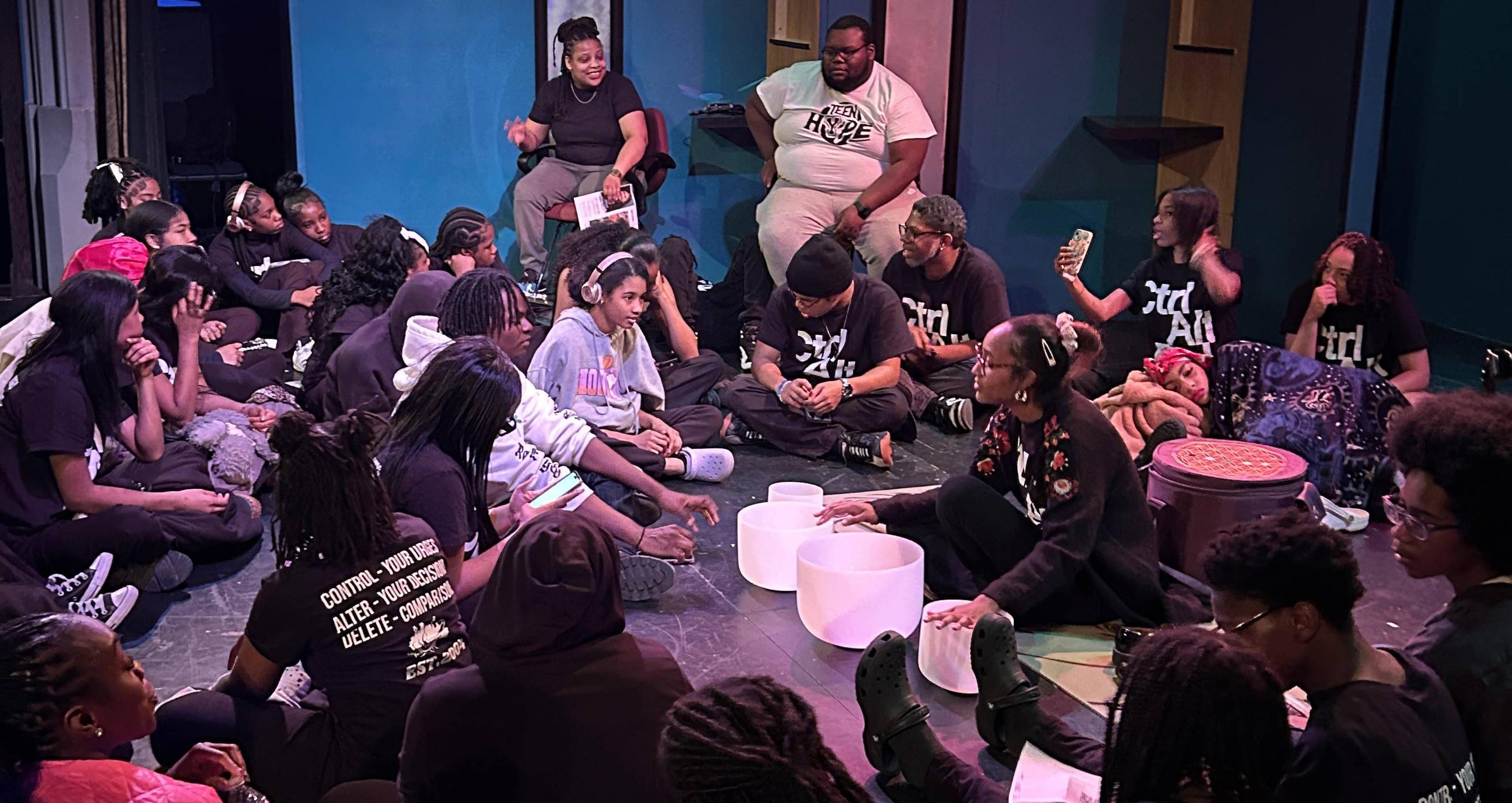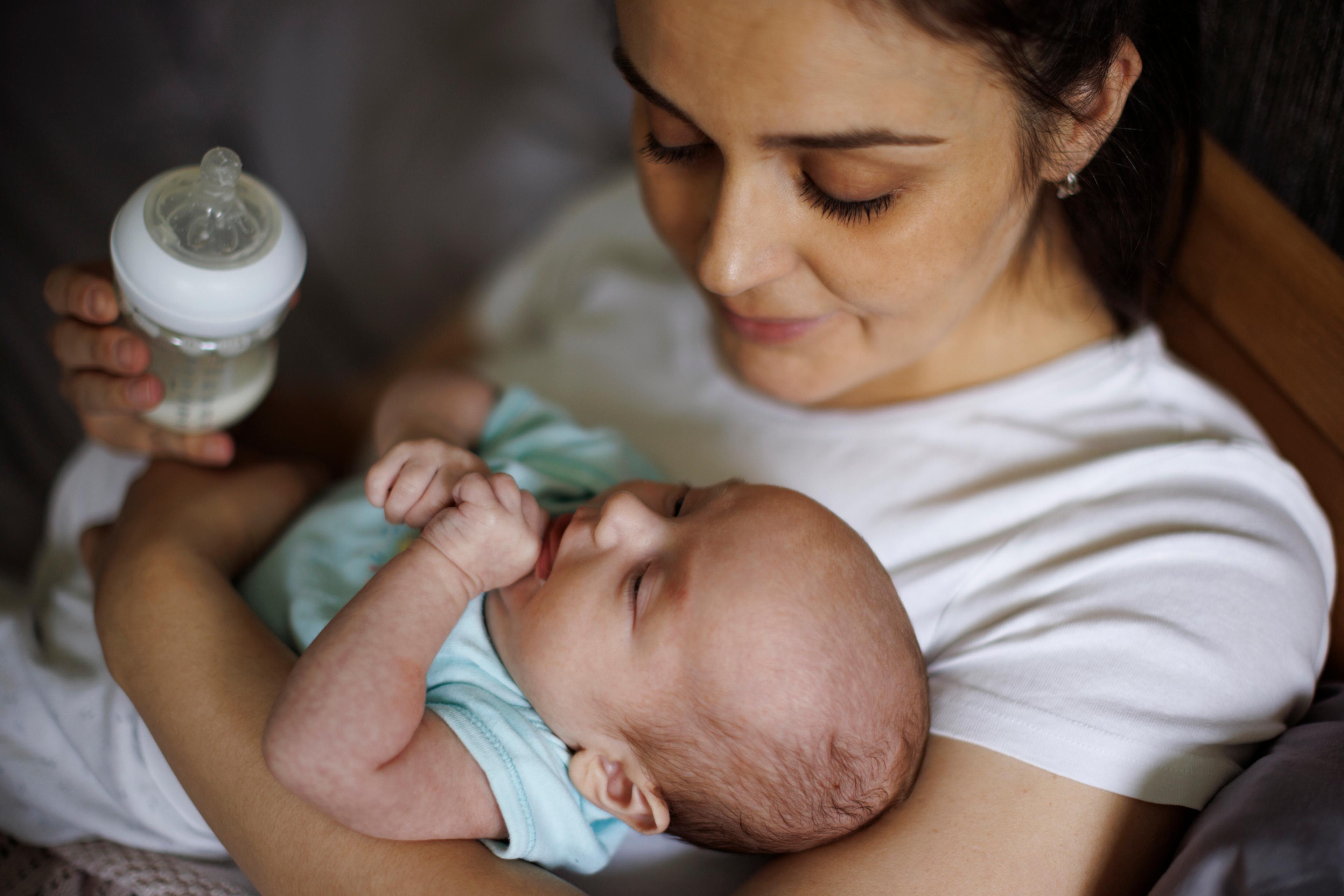What Grief Looks Like and When to Get Help

Dr. Kristyn Gregory
| 4 min read
Dr. Kristyn Gregory, D.O., is a medical director of ...

Grief is a natural human reaction to major loss. It’s more of a process than a state, and it’s one that looks different for everyone. The first six months to a year of the grieving process is typically the hardest and can cause a person to experience feelings of shock, disbelief, anxiety, anger, sadness and a loss of sleep and appetite. While most bereaved adults recover relatively well after one year of a loss, about seven to 10% of U.S. individuals experience persistent symptoms of prolonged grief disorder (PGD), also known as complicated grief.
Grief usually occurs following the death of a family member, friend or pet, but an individual may also grieve the loss of a job or career, a marriage or friendship, or a dream or major life goal. It is common for a person to cycle through at least two of the five stages of grief, since they do not occur linearly for everyone:
- Denial
- Anger
- Bargaining
- Depression
- Acceptance
What are common types of grief?
The most common seven forms of grief include:
- Anticipatory: This occurs while expecting a loss, such as after a terminal illness diagnosis.
- Abbreviated: This is a short-lived type of grief that occurs when someone moves through the grief process quickly.
- Delayed: This can occur weeks, months or even years after the event occurs.
- Cumulative: Stems from experiencing multiple losses in the same period.
- Complicated: Intense and persistent grief that causes problems and interferes with a person’s daily life.
- Collective: Occurs after a widespread tragedy, such as a mass casualty shooting or natural disaster.
- Traumatic: Grieving with the added experience of shared trauma, such as a car crash or a shooting.
What are the different types of grief therapy and techniques?
Coping strategies for grief often include being transparent with feelings around loved ones, practicing self-care, and often, seeking professional help. The following counseling strategies illustrate the range of approaches mental health professionals may take when helping a person work through a tragic loss.
Cognitive behavioral therapy (CBT): Studies have found some elements of CBT as effective in reducing symptoms of complicated grief. This is an approach to grief counseling that promotes the identification of negative thought patterns, so a person can replace them with more positive thoughts. Negative thought patterns can hinder a person from processing grief. CBT techniques include:
- Reframing and restructuring
- Targeting behaviors
- Developing a new narrative about the loss.
Acceptance and commitment therapy (ACT): This action-oriented approach enables clients to stop avoiding, denying and struggling with inner emotions. Instead, they are taught to accept them. This strategy involves six core processes for clients to use:
- Accepting the full range of difficult emotions.
- Focusing on their own values.
- Changing how they react to distressing thoughts and feelings.
- Developing “self as context,” which promotes the notion of self and identity, and encourages a person to recognize they are more than their thoughts, feelings and experiences.
- Becoming more aware and present during daily activities.
- Committing to taking concrete steps that lead to positive change.
Traumatic grief therapy: The shock of a sudden and unexpected loss can lead to traumatic grief therapy, which emphasizes the importance of maintaining routine to help regulate emotions and nurture the nervous system. Clients are encouraged to express themselves and recognize their feelings are normal.
Group grief counseling: Group grief therapy helps individuals build connections with others who are grieving through similar forms of loss. Connecting and relating to the grief experienced by others can help reveal the reality of the grieving process and allow a person to realize they are not alone in what they are going through. It’s also an outlet for people to share the coping mechanisms that have worked for them in the hopes of helping others.
Play therapy: This form of therapy is catered specifically to children experiencing grief. Play therapy uses the natural medium of play to help children explore their feelings and express themselves as they attempt to make sense of loss and traumatic life experiences. Sudden, unanticipated loss can have serious consequences for children, including stunting or altering their emotional development.
For immediate assistance with intense feelings of grief, call or text the National Suicide and Crisis Lifeline at 988. Another option is contacting the Substance Abuse and Mental Health Services Administration (SAMHSA), which provides tips, toll-free helplines and treatment locaters for those coping with grief after a disaster or traumatic event.
Dr. Kristyn Gregory, D.O. is a medical director of behavioral health at Blue Cross Blue Shield of Michigan. For more health advice and tips, visit MIBluesPerspectives.com.
Related content:
- ‘Keeping Her Alive is What Keeps Me Alive:’ Detroit Woman Shares Her Story to Spread Organ Donation Awareness in Detroit
- What is Silent Grief?
- How Long Do the Stages of Grief Last?
Photo credit: Getty Images





